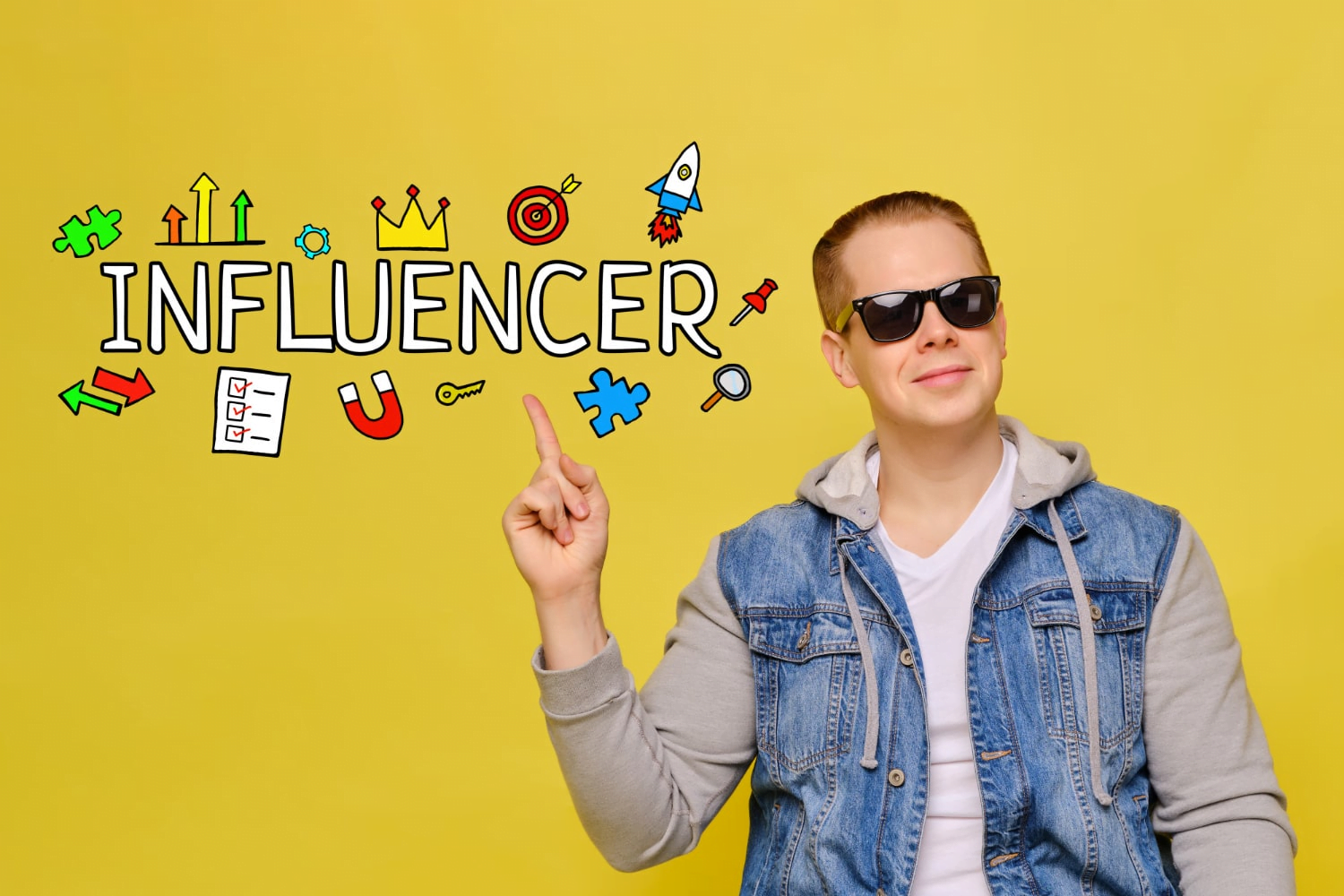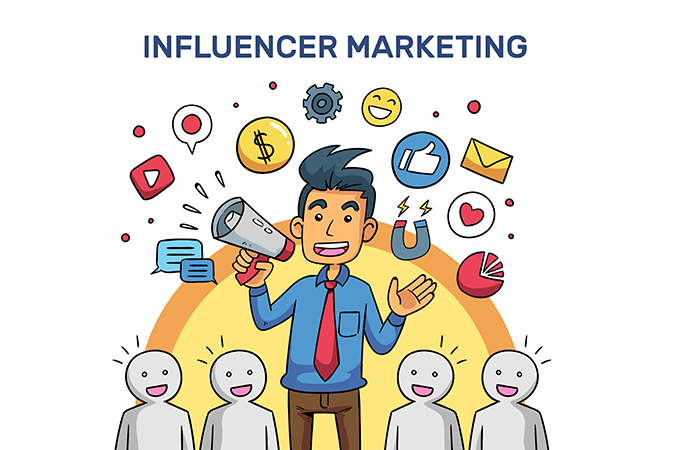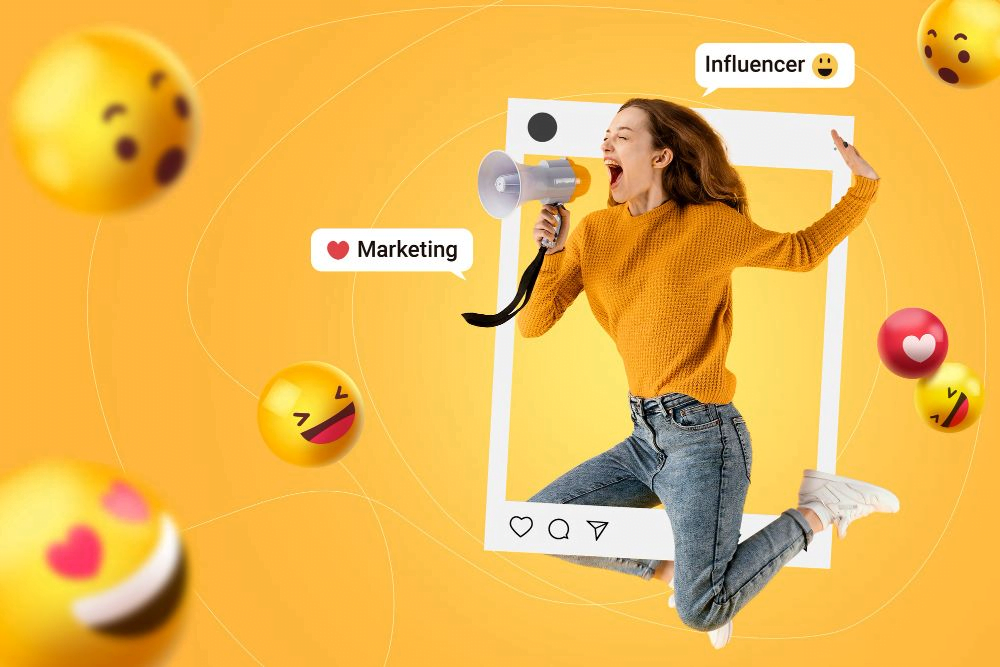In today’s digital era, influencer marketing has risen as a potent and successful method for brands to connect with their desired audience. With authenticity, high engagement rates, targeted reach, and cost-effectiveness, it’s no wonder that this marketing tactic has taken the world by storm. But why is influencer marketing effective, and what makes it so successful? Let’s dive in and explore the world of influencers and their impact on today’s marketing landscape.
Key Takeaways

Influencer marketing is a powerful tool for brands, fueled by trust and authenticity of influencers leading to high engagement rates.
Brands must understand the various types of influencers and their individual benefits in order to find the perfect fit for campaigns.
Measuring ROI requires tracking engagement rates, conversions, and overall return on investment using tools such as affiliate links & UTMs.
The Power of Influencer Marketing

Influencer marketing is a strategic collaboration between brands and influencers, often involving influencer campaigns. With 83% of marketers deeming influencer marketing effective, it’s no surprise that the influencer marketing industry is currently valued at $21.1 billion. So, what makes influencer marketing so powerful?
The trust and authenticity that influencers exude is a pivotal reason for the effectiveness of influencer marketing. They have loyal followers who trust their opinions and recommendations, making their endorsements more credible and impactful than traditional advertising. Additionally, influencers can generate high engagement rates, particularly micro and nano-influencers, who often have higher engagement rates with their audience, leading to increased brand visibility and conversions.
Authenticity and Trust
The loyalty of followers towards influencers, who value their opinions and recommendations, amplifies the effectiveness of influencer endorsements. Approximately 61% of consumers have trust in influencer recommendations, making influencer marketing a more authentic and trustworthy form of advertising compared to traditional methods. Influencers are often seen as relatable and genuine, sharing their personal experiences and opinions with their followers.
Influencers build loyal fan communities based on trust; their honest feedback is perceived as a sincere endorsement, thereby boosting the brand’s reputation and credibility. As a result, the relationship between influencers and their followers creates a strong foundation for brands to build upon, leveraging the power of word-of-mouth marketing to reach and engage with their target audience.
High Engagement Rates
Studies show that micro-influencers boast a 60% higher engagement rate compared to macro-influencers and can drive 20% more conversions for brands. This is because micro-influencers often have a more intimate connection with their audience, resulting in more genuine and meaningful interactions. On the other hand, mega and macro-influencers, despite their larger following, may have lower engagement rates due to the sheer volume of their audience.
Engagement rates reflect not only the quality of the relationship between the influencer and their audience, but also forecast the potential impact on brand visibility and conversions. By partnering with influencers who have high engagement rates, brands can maximize the return on their influencer marketing investment, reaching new audiences and driving sales in a cost-effective manner.
Targeted Reach
One of the greatest advantages of influencer marketing is its ability to provide brands with a simplified approach to targeting the appropriate audience. Influencers have already done the hard work of building a following within their niche, making it easier for brands to reach their target audience. As a result, influencer marketing allows brands to tap into the influencer’s audience and directly communicate with potential customers.
This targeted reach is particularly beneficial for niche brands, as partnering with influencers who have a strong connection with their niche communities can help brands to penetrate specific markets more effectively. By collaborating with influencers who possess a strong bond with their specialized niche groups, brands can gain access to their target audience and communicate their message more effectively.
Cost-Effective Strategy
Influencer marketing, with its reliance on the credibility and reach of influencers, can yield better results at a lower cost, making it a more cost-effective option than traditional advertising. Micro and nano-influencers, in particular, are known for their lower fees and higher engagement rates, making them an attractive option for brands looking to maximize their marketing budget.
In fact, 67% of marketers plan to expand their influencer marketing spend in 2023, highlighting the growing recognition of the potential return on investment that influencer marketing offers. By partnering with smaller influencers who have strong connections with their audience, brands can achieve better results without breaking the bank.
Types of Influencers: Finding the Right Fit

Understanding the different types of influencers, including:
Mega influencers
Macro influencers
Micro influencers
Nano influencers
is key to choosing the right partners for a brand’s marketing campaigns. Each type of influencer offers unique benefits and drawbacks, making it essential for brands to carefully consider the best fit for their specific needs and objectives.
A clear understanding of the various types of influencers enables brands to select the ideal partners for their marketing initiatives, thereby assuring a successful campaign that yields the desired results. Let’s explore each type of influencer in more detail and understand their unique characteristics and benefits.
Mega or Celebrity Influencers
Mega or celebrity influencers are individuals who have amassed a large following of over 1 million, typically consisting of famous actors, musicians, athletes, and other public figures. Their unparalleled exposure makes them ideal for large-scale brand awareness campaigns, as they can provide broad exposure for brands.
However, working with mega influencers often comes with a high price tag. Additionally, their massive following might not always translate into higher engagement rates, as their audience may be more diverse and less focused on a specific niche. Brands should weigh the potential benefits and costs when considering partnering with mega influencers for their campaigns.
Macro-Influencers
Macro-influencers have a following between 100,000 and 1 million, and they are well-established in their respective niches. This means that they can offer a more targeted approach for brands, helping to reach a specific audience more effectively than mega influencers.
While the fees for macro-influencers might be lower than those of mega influencers, they can still be relatively high. However, considering their more focused audience and strong presence within their niche, macro-influencers can provide significant value for brands seeking to connect with their target audience and achieve specific marketing goals.
Micro-Influencers
With 10,000 to 100,000 followers, micro-influencers are often considered the sweet spot for influencer marketing. They tend to have higher engagement rates and can drive more conversions at a lower cost. This is because they often have a more intimate connection with their audience, resulting in more genuine and meaningful interactions.
Micro-influencers can be particularly beneficial for smaller or niche brands, as they offer a cost-effective way to reach a highly engaged and focused audience. By partnering with micro-influencers who resonate with their target audience, brands can maximize the impact of their influencer marketing campaigns and achieve better results.
Nano-Influencers
Nano-influencers are individuals with fewer than 10,000 followers, who usually have a strong connection with their audience due to their personal content and genuine engagement. They are known for their authenticity, as they are often more relatable and genuine in their content and interactions with their audience.
While nano-influencers may not offer the massive reach of larger influencers, they are ideal for targeting specific communities without breaking the bank. Their strong connections with their audience make them particularly effective for niche brands, as they can help to reach and engage with highly targeted segments of the market.
Overcoming Social Media Challenges with Influencer Marketing
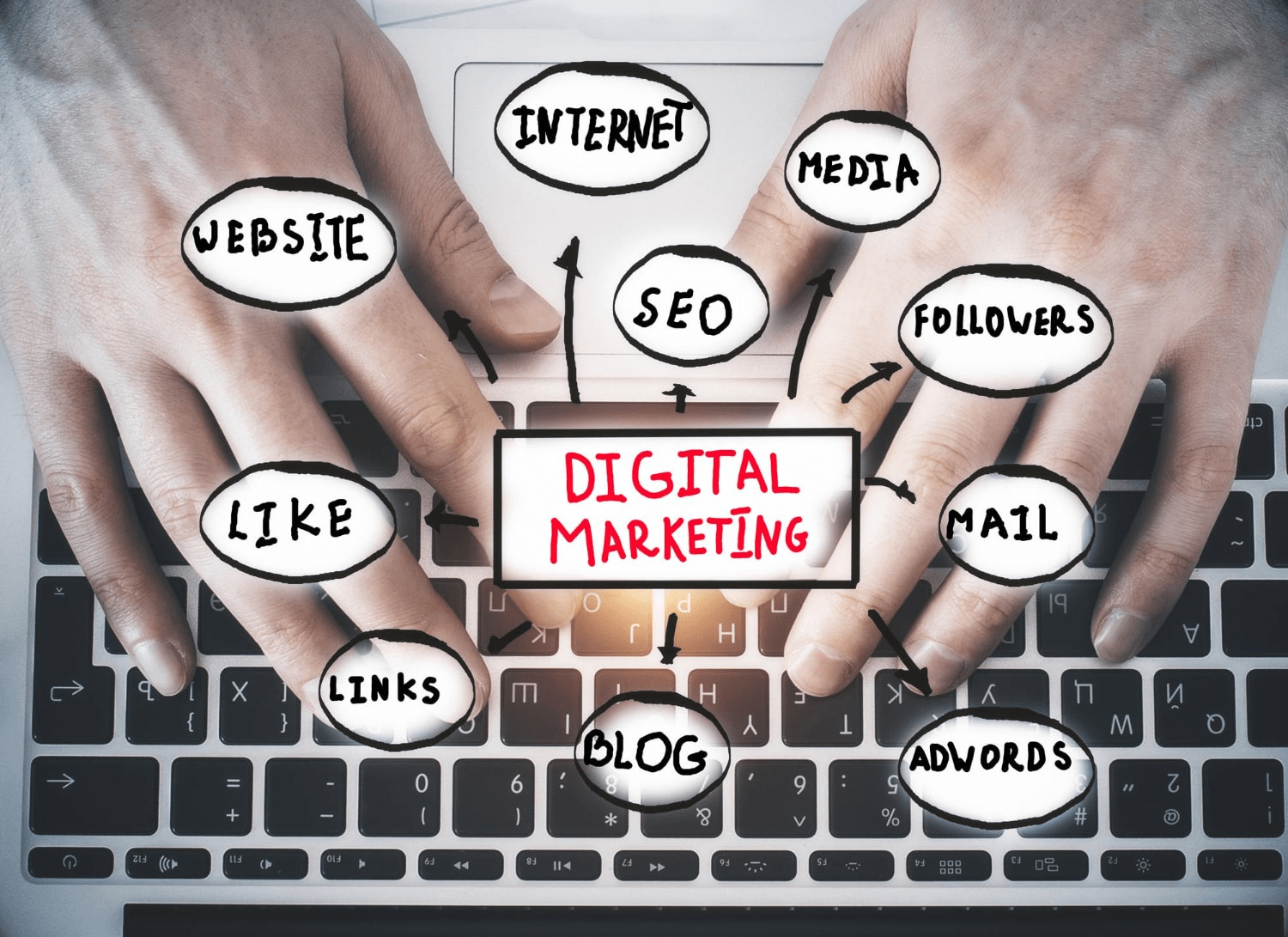
Brands can leverage the credibility and reach of influencers through influencer marketing to surmount the challenges of gaining visibility on social media and reclaiming organic reach. As social media platforms become increasingly saturated with content, it can be difficult for brands to cut through the noise and reach their target audience effectively.
By partnering with influencers who have a strong connection with their audience, brands can bypass the limitations of social media algorithms and access organic traffic through the influencer’s audience. This allows brands to cut through the clutter on social media, standing out and engaging with their desired audience more effectively.
Cutting Through the Noise
Influencers assist brands in standing out on social media by delivering quality content and endorsements that strike a chord with their audience. By leveraging the influencers’ unique voice and style, brands can create authentic and engaging content that captures the attention of their target audience.
Additionally, influencers can:
Share their experiences with a brand’s products or services
Help to build trust and credibility among their followers
Provide a personal connection and genuine endorsement
Help brands overcome the challenges of competing for attention on social media
Enable brands to stand out and effectively communicate their message to their target audience.
Regaining Organic Reach
As social media algorithms continue to evolve and prioritize paid content, it has become increasingly difficult for brands to regain organic reach and visibility. Influencer marketing offers a solution to this challenge by allowing brands to tap into the influencer’s audience, bypassing the limitations of social media algorithms.
Engagement, interactions, and sharing of influencer posts, as well as social media posts, by their audience can help boost the visibility and reach of the content organically. This enables brands to expand their reach and connect with new audiences without relying solely on paid promotions.
By partnering with social media influencers who have a strong connection with their audience, brands can regain organic reach on social media and build lasting relationships with their target audience, including social media users.
Influencer Marketing Success Stories

Real-world examples of successful influencer marketing campaigns demonstrate the power and effectiveness of this strategy. For instance, the watch brand Daniel Wellington leveraged a variety of strategies in their successful influencer marketing campaign, including:
Outreach to influencers with free products
Transitioning to a paid-partnership model
Implementing photo contest campaigns
Concentrating on small influencers
Another example is the Winnebago RV trips campaign, which aimed to promote its wheelchair-accessible motorhomes. By partnering with the right influencers who were connected to the target audience, Winnebago achieved an impressive engagement level of 1,131 and effectively raised awareness of their product. These success stories showcase the potential impact and effectiveness of influencer marketing when executed strategically.
Developing a Winning Influencer Marketing Strategy

To create a successful influencer strategy, you need to follow these steps:
Set clear goals and KPIs.
Research and select the right influencers.
Craft captivating campaigns that resonate with the target audience. By following a strategic approach and tailoring the influencer marketing campaign to the needs and preferences of the target audience, brands can maximize the impact of their influencer partnerships and achieve the desired results.
In order to develop a winning influencer marketing strategy, brands should:
Invest time and resources in understanding their target audience
Identify the most suitable influencers
Create engaging content that aligns with the brand’s values and objectives
By doing so, brands can effectively leverage the power of influencer marketing to reach their marketing goals and drive business growth.
Setting Goals and KPIs
To measure the success of influencer campaigns and secure a robust return on investment, it is crucial to define clear goals and KPIs. By setting specific objectives, such as raising brand recognition or boosting sales, brands can focus their efforts and resources on achieving the desired outcomes.
Key performance indicators (KPIs) that can help brands track the progress of their influencer campaigns and make data-driven decisions to optimize their strategy include:
Followers
Comments
Referral traffic
Conversions
Engagement rate
By regularly monitoring and evaluating these metrics, brands can ensure that their influencer marketing efforts are delivering the desired results and maximizing their return on investment.
Researching and Selecting Influencers
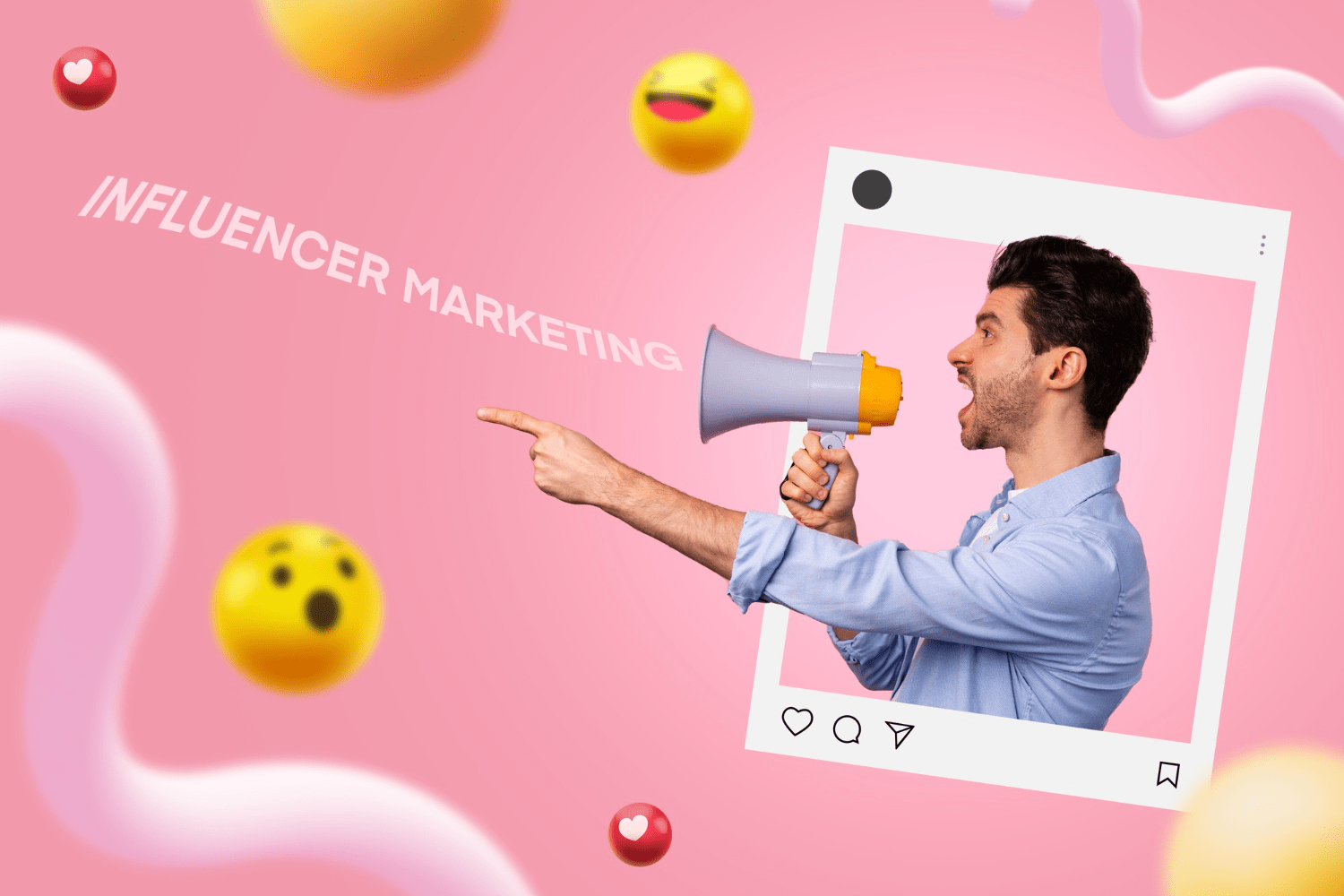
For a campaign to succeed, it is vital to thoroughly research and select influencers based on factors like engagement rates and audience demographics. By identifying influencers who resonate with the brand’s target audience and align with its vision and values, brands can create authentic and engaging content that effectively communicates their message.
Tools such as:
Heepsy
BuzzSumo
Storyclash
Awario
Promoty
These tools are becoming increasingly popular as they provide valuable insights into social media trends and influencers, which can be a great alternative or addition to traditional media outlets.
Digital marketing can be highly beneficial for researching and selecting influencers in influencer marketing. By leveraging these tools, brands can identify influencers who are most likely to drive engagement, conversions, and overall return on investment for their influencer marketing campaigns.
Crafting Compelling Campaigns
To maximize the impact of influencer marketing, it is key to develop creative and engaging campaigns that allow influencers to showcase their unique voice and style. By providing influencers with the necessary information and resources to effectively represent the brand, while still allowing for flexibility and creative freedom, brands can create compelling campaigns that resonate with their target audience.
Incorporating user-generated content, interactive elements, or creative storytelling techniques can help make the campaign stand out and capture the attention of the target audience. By crafting compelling campaigns that are tailored to the needs and preferences of the target audience, brands can effectively leverage the power of influencer marketing to achieve their marketing goals and drive business growth through digital advertising.
Measuring Influencer Marketing ROI

To ensure the strategy is yielding the desired results, tracking the success of influencer marketing campaigns necessitates monitoring metrics such as engagement rates, conversions, and overall return on investment. By regularly evaluating these metrics, brands can optimize their influencer marketing strategy and maximize their return on investment.
Tools such as:
Affiliate links
UTMs
Dedicated landing pages
Unique discount codes
can be employed to evaluate Influencer Marketing ROI. By leveraging these tools and regularly assessing campaign performance, brands can ensure that their influencer marketing efforts are delivering the desired results and contributing to the overall success of their marketing strategy.
Summary
In conclusion, influencer marketing has emerged as a powerful and effective marketing strategy that can help brands overcome the challenges of standing out on social media and regaining organic reach. By understanding the different types of influencers, creating compelling campaigns, and measuring the ROI of their efforts, brands can harness the power of influencer marketing to achieve their marketing goals and drive business growth. With authenticity, high engagement rates, targeted reach, and cost-effectiveness, influencer marketing is a strategy that is here to stay and continue to shape the marketing landscape.
Frequently Asked Questions

Why is influencer marketing important in marketing?
Influencer marketing can help create online buzz about a brand, strengthen reputation, improve audience engagement and increase conversions. It is an effective way to reach potential customers throughout the decision-making process, making it an important tool in any marketer’s arsenal.
Why is influencer marketing better than advertising?
Influencer marketing offers higher quality, more engaging content than traditional advertising methods, as well as greater flexibility and creativity. It also provides the opportunity for social proof and highly targeted campaigns, due to the personal connection influencers have with their followers.
Why influencer marketing is effective 2023?
Influencer marketing is effective in 2023 because it provides brands with credibility, engagement, and cost-effectiveness. It is also advantageous to brands as it offers new opportunities to create a positive image and connect with their target audiences, especially through the increasing trend of virtual influencers.
Why is influencer marketing effective on Instagram?
Influencer marketing on Instagram is effective as it enables brands to build genuine relationships with influencers who can reach their target audience in a way that feels more genuine than traditional advertising. Additionally, partnering with influencers with a large following yields higher engagement rates and allows brands to introduce their products or services to an engaged audience.
How can brands choose the right type of influencer for their campaign?
Brands should carefully research and select influencers based on their engagement rates, audience demographics, and alignment with the brand’s vision and values to ensure successful campaign outcomes.

